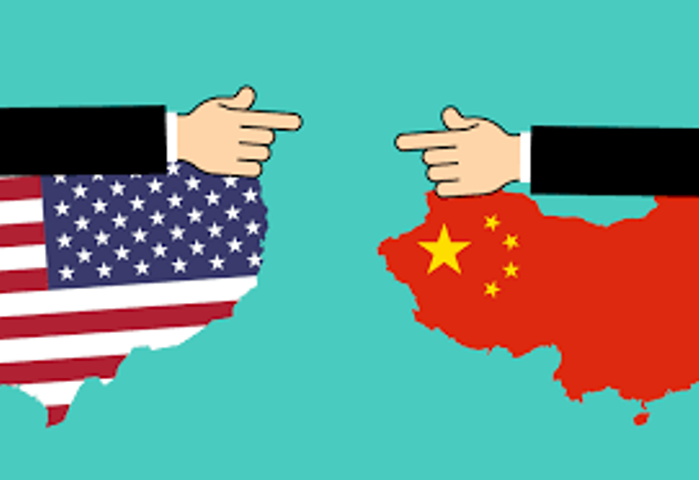U.S-China trade war: Chinese factory activity decelerates in October
The figures are the latest sign that the world's second-largest economy is losing momentum as it faces challenges at both home and abroad -- from a trade war with the US to a massive debt buildup.

- Country:
- China
Chinese factory activity slowed in October, official data showed Wednesday, adding to a growing list of bad news for the Asian giant as it struggles to maintain economic momentum in the face of American tariffs and a weakening yuan.
The Purchasing Managers' Index (PMI), a key gauge of factory conditions, came in at 50.2 for the month, down from 50.8 in September, the National Bureau of Statistics said.
The figure was below the 50.6 reading tipped in a Bloomberg News survey of economists.
Although the numbers indicated a slowdown, they remained above the 50-point mark that separates expansion from contraction.
The figures are the latest sign that the world's second-largest economy is losing momentum as it faces challenges at both home and abroad -- from a trade war with the US to a massive debt buildup.
Growth dipped to 6.5 per cent in the third quarter, down from a high of 6.8 this year.
The number was in line with Beijing's annual target. But further downward pressure could threaten the country's key political goals of eliminating poverty by 2020 and building a "moderately prosperous society".
American tariffs on virtually all Chinese imports have sapped confidence in Beijing's ability to maintain current growth levels.
Analysts say that the country's overleveraged companies and local governments are likely to put a further drag on expansion.
On Tuesday, China lowered its yuan-fixing rate to its lowest level in a decade.
A weaker yuan makes Chinese exports less expensive overseas, ameliorating some of the higher costs brought by the tariffs.
(With inputs from agencies.)
- READ MORE ON:
- Bloomberg Television
- Bloomberg News
- Bloomberg Markets
- Washington
- D.C.
- Telephone number
- National identification number
- Number
- Contact number
- Beijing cuisine
- The Bodyguard from Beijing
- Beijing Institute of Technology
- Beijing Chinese Restaurant
- United States Secretary of State
- United States Department of State
- state treasurer
- Secretary of state
- China
- Edd China
- Fine China
ALSO READ
As Yellen heads to Beijing, China worries that the U.S. is planning more tariffs on green tech
China & Vietnam navigate through South China Sea differences amid heightened Beijing-Manila conflict
UBS weighs Credit Suisse China stake swap with Beijing government, Bloomberg News reports
Vietnam National Assembly chairman meets China's President Xi in Beijing
UBS weighs Credit Suisse China stake swap with Beijing government, Bloomberg News reports










